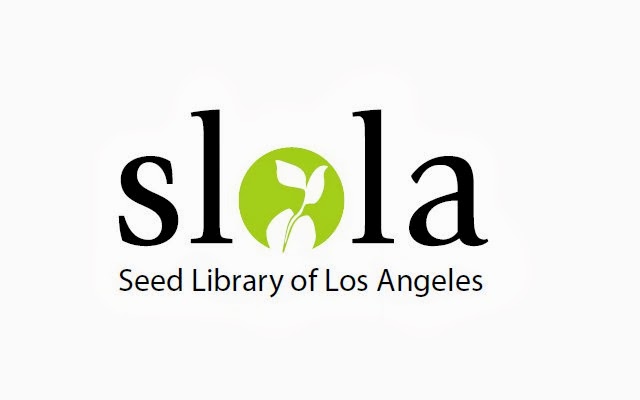Friday, June 27, 2014
Open Source Seed Initiative
You might have seen the hubbub on Facebook when they first launched the Open Source Seed Initiative on April 17th - many of us were euphoric that the idea of Open Source software was going to tried on seeds. A lot of what this means is yet to be explained, but the excitement remains.
This blog is written using Open Office Writer, the open source equivalent of Microsoft's Office software suite. I used the Microsoft product for most of my 17 years working in a university setting; now making my living working with not-for-profits and as a teacher/lecturer and a writer, I am very grateful for Open Office - it's not as polished as the Microsoft product and the documentation/help offered is really rudimentary, but most of the users of Open Office find those inconveniences a small bother when they compare the price. Those geeks using Open Office have no problem for the lack of documentation, that's why they are called geeks!
So Open Source technology has worked for software and other applications which makes it an interesting paradigm for seeds. This effort is underway and there are already some 30 vegetable varieties offered as Open Source seeds, with the Open Source Seed Pledge on the packet, which reads: This Open Source Seed Pledge is intended to ensure your freedom to use the seed contained herein in any way you choose, and to make sure those freedoms are enjoyed by all subsequent users. By opening this packet you pledge that you will not restrict others' use of these seeds and their derivatives by patents, licenses or any other means. You pledge that if you transfer these seeds or their derivatives you will acknowledge the source of these seeds and accompany your transfer with this pledge. www.opensourceseedinitiative.org"
I fully support this initiative. Over the past years, I have read of large multi-national companies (no one need name names like Monsanto or the other big ag bullies) taking indigenous peoples seed stock, using that genetic material to make their hybrids and then selling the new seed back to the people from whom the raw genetic material was taken from to begin with! Of course, when taking the genetic material no monetary value was assigned and the raw material was essentially stolen. Even if they had paid for it, it still would have been essentially stolen because no where near the value of those genes would have been paid.
While this still causes a great deal of concern, we in the United States can begin to apply this to our seeds at once. Hopefully other countries' legal structure either do allow for this kind of contract or will soon. While working on new strains of vegetables in The Learning Garden, I have often thought it would be a shame that I would have to patent any new variety I might be able to introduce even though I am fundamentally and religiously opposed to the idea of patenting life, but until now I had no other mechanism to prevent others from patenting the material and I certainly do not want any of my work ending up in the madness of un-controlled gene splicing.
Look for more articles on this in the future. This is one the most exciting events in the seed world since the Whealys sent out their first list of heirloom seeds to potential seed savers.
It's an exciting time to be on the front lines of saving our genetic heritage.
Additional source material from:
http://grist.org/food/open-source-seeds-while-they-spread-shoots-they-plant-ideas/
http://www.vqronline.org/reporting-articles/2014/05/linux-lettuce
david
Subscribe to:
Posts (Atom)

